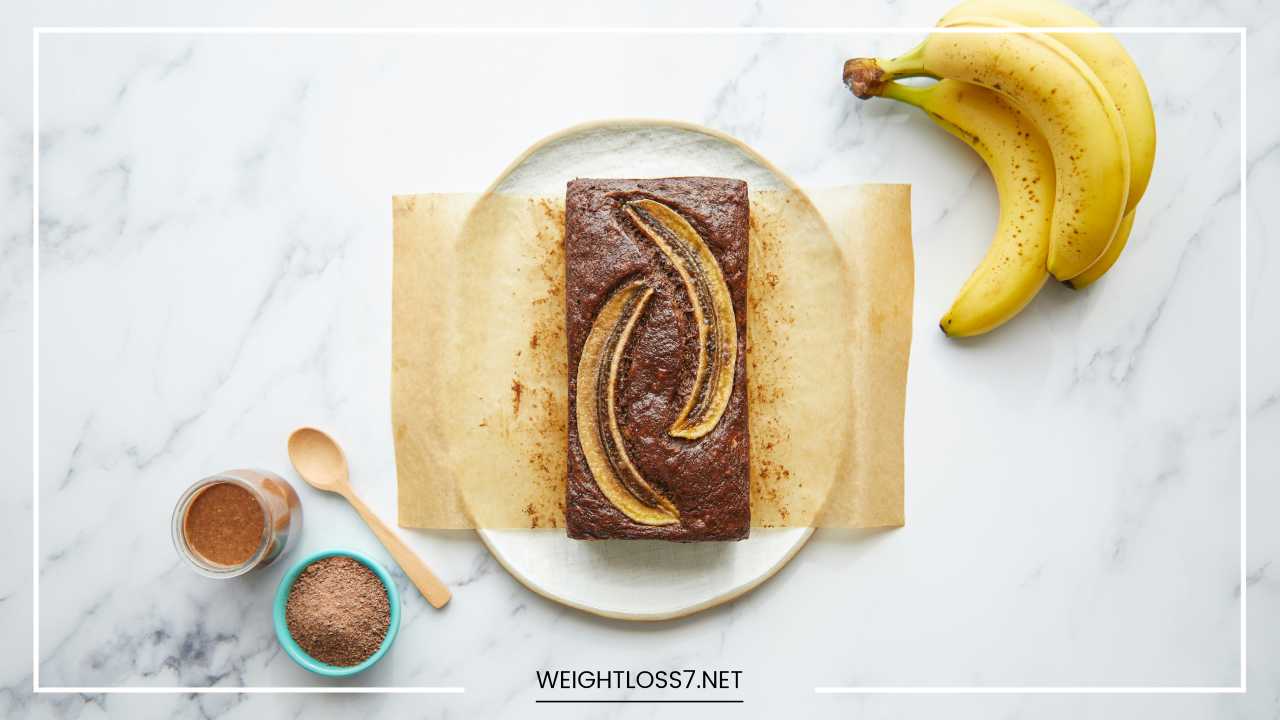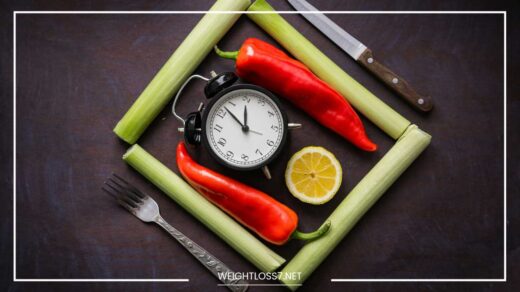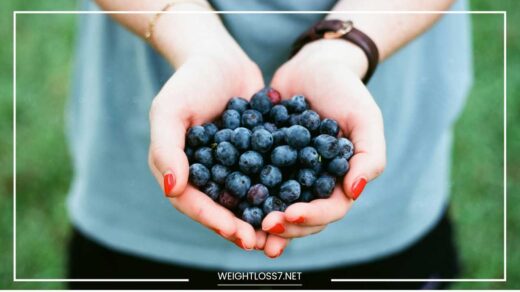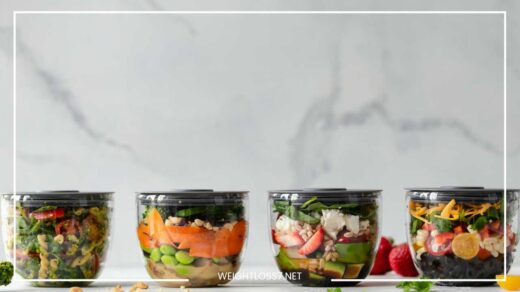Banana Cake Recipe: Explore Variations & Troubleshooting Tips

Banana Cake Recipe
The Perfect Slice: A Guide to Baking the Best Banana Bread Ever
There’s something undeniably comforting about banana bread. It’s the aroma that fills your kitchen, the sweet and warm fragrance that beckons you in for a taste.
It’s the dense, moist crumb that melts in your mouth with every bite. But achieving banana bread perfection isn’t just about following a recipe.
It’s about understanding the science behind the ingredients and the techniques that elevate this simple treat.
This expanded blog post is your one-stop guide to baking the best banana bread you’ve ever tasted. We’ll delve deeper into the secrets of perfect banana bread, from choosing the right bananas to mastering the mixing process.
We’ll explore a wider range of delicious variations, answer all your burning banana bread questions, and even troubleshoot common baking woes.
So, grab your mixing bowls, preheat your oven – it’s time to embark on a delicious journey into the world of banana bread!
The Science of the Perfect Banana: A Deep Dive
We established that the key ingredient in banana bread is the banana itself, and the riper the banana, the sweeter and more flavorful your bread will be. But let’s delve a little deeper into the science behind this:
- Starch Breakdown: As bananas ripen, an enzyme called amylase breaks down the starches into simple sugars like fructose and sucrose. This process is what gives ripe bananas their intense sweetness. Underripe bananas will have less amylase activity, resulting in a less sweet and denser bread.
- Moisture Matters: Starch breakdown not only affects sweetness but also moisture content. Ripe bananas have a higher water content due to the conversion of starches, which contributes to the characteristically moist crumb of banana bread. This added moisture helps keep the bread from drying out during baking.
- Flavor Profile: Beyond sweetness and moisture, ripeness plays a crucial role in banana flavor. As bananas ripen, volatile compounds responsible for the distinctive banana aroma and flavor increase. The brown spots on overripe bananas indicate the presence of these compounds, leading to the most concentrated banana flavor in your bread.
Tip: Don’t just rely on the color of the peel. Some banana varieties have speckled skin even when underripe. Give the banana a gentle squeeze – it should yield to light pressure but not be mushy.
Beyond the Basics: Exploring Essential Ingredients
While bananas are the star of the show, there are other crucial ingredients that work together to create a fantastic banana bread:
1. Flour Power:
- All-Purpose Flour: The most common choice for banana bread, all-purpose flour provides the structure for the cake. It contains a balance of gluten-forming proteins (glutenin and gliadin) that develop gluten strands when mixed with water. These strands create a network that traps air bubbles, allowing the bread to rise.
- Whole Wheat Flour: For a more nutritious twist, substitute a portion of all-purpose flour with whole wheat flour. Whole wheat flour adds fiber, vitamins, and minerals, but it also contains more gluten, which can lead to a denser bread. Use a blend or reduce the amount of whole wheat flour to maintain a desirable texture.
- Gluten-Free Options: There are gluten-free flour blends available that can be used to create delicious banana bread for those with gluten sensitivities. Experiment with different blends to find one that works best for you, keeping in mind that gluten-free breads may have a slightly different texture.
2. Sweet on Sugar:
- White Sugar: The most common sweetener in banana bread, white sugar adds sweetness and helps with browning. It attracts moisture, keeping the bread moist, and also contributes to the desirable crumb texture.
- Brown Sugar: For a deeper and richer flavor profile, some recipes incorporate brown sugar. Brown sugar contains molasses, which adds a touch of caramel flavor and contributes to a slightly chewier texture.
- Honey or Maple Syrup: Natural sweeteners like honey or maple syrup can be used as a substitute for granulated sugar. They add a subtle floral or maple flavor and may require adjustments to the other wet ingredients due to their liquid nature.
3. The Fat Factor:
- Butter: Butter is the traditional fat used in banana bread. It adds richness, moisture, and contributes to the crumb texture. When creamed with sugar, butter incorporates air into the batter, which helps the bread rise.
- Oil: Vegetable oil or melted coconut oil can be substituted for butter. Oil results in a slightly denser bread but is a good option for those looking for a vegan option.
4. The Binding Power of Eggs:
- Eggs: They bind the ingredients together and contribute to leavening (rising) due to the air trapped during beating. The proteins in eggs coagulate during baking, setting the structure of the bread.
5. Leavening Agents: The Rise and Shine
Leavening agents are the secret weapon in your banana bread arsenal. They’re responsible for making your bread light and fluffy. Here’s a breakdown of the two most common leaveners used in banana bread:
- Baking Soda: A chemical leavening agent, baking soda reacts with acidic ingredients like buttermilk, sour cream, or yogurt to produce carbon dioxide gas. This gas gets trapped in the batter during mixing and expands during baking, causing the bread to rise.
- Baking Powder: A double-acting leavening agent, baking powder contains baking soda plus an acidic component. One activation occurs when baking powder comes into contact with moisture, and another happens when exposed to heat. This ensures a good rise throughout the baking process.
Choosing the Right Leavener:
The type of leavener you choose depends on the other ingredients in your recipe.
- If your recipe includes buttermilk, sour cream, or yogurt: Baking soda is a good choice because these ingredients provide the acidity needed for activation.
- If your recipe uses mostly neutral ingredients like milk or water: Baking powder is the better option as it contains its own acidic component.
Tip: Baking soda and baking powder lose their potency over time. Ensure yours are fresh for the best results.
6. A Pinch of Perfection: The Role of Salt
Salt is often an overlooked ingredient, but it plays a crucial role in banana bread. Here’s why that pinch of salt matters:
- Flavor Enhancer: Salt enhances all the other flavors in the bread. It balances the sweetness of the bananas and sugar, bringing out the depth of flavor.
- Texture Contributor: Salt strengthens the gluten structure in the flour, leading to a better rise and a more even crumb.
7. Vanilla Extract: The Touch of Warmth
Vanilla extract may seem like a minor ingredient, but it adds a touch of warmth and complexity to the flavor profile of your banana bread. It complements the banana flavor and rounds out the overall taste.
Mixing Methods: Mastering the Technique for the Perfect Texture
There are two main mixing methods for banana bread, each resulting in a slightly different texture:
-
The Creaming Method: This method is ideal for a richer and airier bread. Here’s a breakdown of the steps:
- Cream together softened butter and sugar until light and fluffy. This incorporates air into the batter.
- Beat in eggs one at a time, ensuring each egg is well incorporated before adding the next.
- In a separate bowl, whisk together the dry ingredients (flour, baking soda, salt).
- Add the dry ingredients to the wet ingredients in three batches, alternating with buttermilk or another liquid ingredient. Mix until just combined.
- Fold in mashed bananas.
-
The Muffin Method: This quicker method is better for a denser and moister bread. Here’s how it works:
- Whisk together the dry ingredients (flour, baking powder, salt) in a large bowl.
- In a separate bowl, whisk together the wet ingredients (mashed bananas, melted butter, eggs, milk).
- Pour the wet ingredients into the dry ingredients and fold until just combined. Be careful not to overmix.
Key Tip: Regardless of the method you choose, avoid overmixing the batter. Overmixing develops the gluten in the flour too much, leading to a tough and dense bread.
Baking and Beyond: Essential Tips for Banana Bread Bliss
Once your batter is ready, it’s time to bake! Here are some additional tips for baking the perfect banana bread:
- Preheat your oven: This ensures even baking and proper rise. Aim for an oven temperature between 350°F (175°C) and 375°F (190°C) depending on your recipe.
- Grease and flour your pan: This prevents sticking and makes for easier removal of the bread. You can also use parchment paper for a foolproof method.
- Bake until a toothpick inserted into the center comes out clean: This indicates that the bread is done. The internal temperature should reach around 200°F (93°C).
- Let the bread cool completely before slicing: This allows the crumb to set properly and prevents it from crumbling when you cut into it. The flavor also develops further as the bread cools.
Bonus Tip: For an extra crispy top crust, tent the top of the bread loosely with foil for the last 15 minutes of baking.
Variations on a Theme: A World of Banana Bread Delights
The beauty of banana bread is its versatility. Here are some ideas to elevate your basic banana bread recipe and create endless flavor combinations:
Classic Twists:
- Chocolate Chip Banana Bread: Fold in chocolate chips for a decadent treat. Use semisweet, dark, milk, or white chocolate chips depending on your preference.
- Nutty Banana Bread: Add chopped nuts like walnuts, pecans, almonds, or hazelnuts for extra texture and flavor. Toasted nuts add an extra layer of complexity.
- Spiced Banana Bread: Include warm spices like cinnamon, nutmeg, ginger, or cardamom for a cozy twist. These spices pair beautifully with the banana flavor and create a warm and inviting aroma.
Fruity Delights:
- Blueberry Banana Bread: Fold in fresh or frozen blueberries for a burst of sweetness and tartness. Dust the top with coarse sugar for a sparkly finish.
- Pineapple Banana Bread: Add crushed pineapple for a tropical twist. The pineapple adds moisture and a touch of acidity that balances the sweetness.
- Strawberry Banana Bread: Fresh or chopped frozen strawberries add a vibrant pop of color and a delightful sweetness.
Chocolate Lovers Paradise:
- Chocolate Banana Bread with Chocolate Ganache: This decadent version takes banana bread to the next level. Drizzle a rich chocolate ganache over the cooled bread for an irresistible treat.
- Double Chocolate Chunk Banana Bread: Add both cocoa powder and chocolate chips for an intense chocolate flavor. You can use a combination of dark and milk chocolate for a delightful flavor contrast.
- Banana Bread with Chocolate Chunks and Peanut Butter Swirls: This recipe combines the classic flavors of banana bread with peanut butter and chocolate for a truly irresistible combination.
Gourmet Touches:
- Banana Bread with Streusel Topping: Elevate your banana bread with a crumbly streusel topping made with brown sugar, flour, butter, and spices like cinnamon or nutmeg.
- Banana Bread with Caramel Glaze: Drizzle a simple caramel glaze made with brown sugar, butter, and cream over the cooled bread for a touch of gourmet flair.
- Banana Bread with Lemon Glaze: For a refreshing twist, try a glaze made with powdered sugar, lemon juice, and a touch of lemon zest.
Beyond the Ordinary:
- Vegan Banana Bread: There are many vegan options available. Use mashed avocado or applesauce as a substitute for eggs, and opt for plant-based milk and vegan butter or oil.
- Gluten-Free Banana Bread: As mentioned earlier, there are gluten-free flour blends available that can be used to create delicious banana bread for those with gluten sensitivities. Experiment with different blends to find one that works best for you.
- Mini Banana Loaves: For a cute and convenient option, bake your banana bread in mini loaf pans. These are perfect for individual servings or gifting.
Remember: These are just a few ideas to get you started. Feel free to experiment with different flavors and ingredients to create your own signature banana bread.
Troubleshooting Common Banana Bread Woes: Baking with Confidence
Even the most experienced bakers encounter problems sometimes. Here’s how to troubleshoot some common banana bread woes:
-
My banana bread is dry: This could be due to a few reasons:
- Underripe bananas: Use riper bananas for more moisture.
- Overbaking: Check the bread for doneness a few minutes before the recommended baking time.
- Not enough moisture: Ensure you’ve added the correct amount of wet ingredients.
-
My banana bread is dense: This could be due to:
- Overmixing: Mix the batter just until combined.
- Too much flour: Measure carefully and avoid adding extra flour.
-
My banana bread didn’t rise: This could be due to:
- Old baking powder or baking soda: Ensure your leavening agents are fresh.
- Not enough leavening agent: Double-check the amount of baking powder or baking soda in your recipe.
- Cold oven: Preheat your oven to the correct temperature before baking.
By understanding these common problems and their solutions, you can bake banana bread with confidence and enjoy delicious results every time.
Final Word: The Joy of Baking the Perfect Banana Bread
Baking banana bread is a delightful experience. It’s a simple yet rewarding process that allows you to unleash your creativity and create a comforting treat to share with loved ones.
With the knowledge and techniques you’ve gained from this guide, you’re well on your way to baking the perfect banana bread.
So, preheat your oven, grab your favorite ingredients, and embark on a delicious journey into the world of banana bread!

















